Rupert Christiansen’s City of Light opens on the evening of 5 January 1875, with the inauguration of Paris’s new opera house, designed by Charles Garnier ‘in a style of unabashed grandeur’, with its gilded and mirrored salons, shimmering candelabra and marbled colonnades, mosaics, statues, frescoes and ‘flaming gas torches enhancing a central stairwell that turned the ascending and descending audience into an impressive spiralling spectacle’.
The building had been under construction for almost 15 years at vast cost and symbolised the extravagance of the Second Empire, a period in French history which lasted for 18 years, from Napoleon III’s coup in 1852 to the Franco-Prussian war of 1870. A week before the ceremonial opening of what is now the Palais Garnier, the 36-year-old architect, chosen by Baron Haussmann to build the magnificent opera house, had ‘formally handed the 1,942 keys to the management’. It is attention to such detail that makes this witty, erudite historical essay on Paris’s Haussmann years such an evocative read.
Following the adage of his uncle Napoleon Bonaparte, that ‘a new government must dazzle and astonish’, Napoleon III decided that ‘the Second Empire would not oppress its citizens so much as awe them’, writes Christiansen. Since the revolution, Paris had been the key to power and grandeur. A moderniser at heart, Napoleon III intended to rid the capital of the filth, stench and crime that filled its narrow, winding back streets. Outbreaks of cholera had claimed tens of thousands of lives in 1832 and 1849. A drastic remedy was needed, and Georges-Eugène Haussmann proved the man to implement it — prefect of Bordeaux, a superbly efficient civil servant and a Protestant.
Christiansen paints an intriguing portrait of the architect who changed Paris forever. ‘His sole interest was organisation and efficiency. Problems were there to be solved; opposition was there to be ignored or circumvented.’ The disciplined Haussmann started work every day at the Hôtel de Ville at six, and strangely seldom went outside. ‘He paid only the minimum of visits to construction sites and never left his carriage to wander or to chat.’ With his staff, ‘he was relentlessly strict and impeccably fair, entirely unloved but greatly respected’. He was also incorruptible and ‘unmoved by the prospect of personal monetary gain’. But his arrogance would prove to be his downfall.
His first task was to ‘authorise the ruthless elimination of the rubbishy chaos of crumbling tenements and stables cluttering the Place du Carrousel (now the flat, open square of the Louvre Pyramid)’ — a satisfying amuse-bouche for Haussmann. His terrible bouts of choking asthma as a child, Christiansen suggests, ‘might go some way towards explaining his subsequent obsession with clearing blockages and opening up airflow’.
Much more daring and daunting would be his next task of redrawing Paris, by creating whole boulevards and avenues designed to ease the traffic to and from the railways stations, the new emporia of trade and travel. Building roads was Haussmann’s passion, and the first phase of the works, completed in 1859, was widely welcomed. ‘Everybody’s legs appreciated the long, clean, straight, smooth thoroughfares, with their generously broad, tree-lined pavements.’ Throughout the 1860s, he developed a further 26 kilometres of boulevards. Paris’s most famous squares, Place de la République, Place d’Italie, Place de la Bastille and Place de la Nation, were either redesigned or simply created. At the same time, Napoleon III decided to demolish an inner wall within Paris so as to add 11 neighbouring villages to the city, increasing the number of arrondissements from 12 to 20.
By January 1870, Haussmann’s disregard for the growing Republican opposition was becoming dangerous, and to buy political peace Napoleon III was forced to dismiss him. A few months later Haussmann was avenged, when the outbreak of the Franco-Prussian war put an end to the Second Empire.
For decades after, Haussmann’s codes and principles remained the orthodoxy. And if the Baron can be criticised for having catered largely for the Parisian bourgeoisie, it is also clear that his works were for the general good as well:
Both the creation of the public parks and the development of the water supply and sewage system were social investments that benefited all Parisians, whatever their class, and still do today.
Nevertheless, Haussmann’s popularity has fluctuated over the years. In 1922, Le Corbusier famously proposed levelling the Right Bank in order to build 18 sky-scrapers, each 60 storeys high. Today, flâneurs and Paris-lovers may mourn the loss of old Paris, with its tortuous alleys; but they are also secretly grateful to Haussmann for having created such a harmonious style. Paris’s distinctive architectural and urban spirit, its perspectives of atmospheric roofs and its pervading grisaille that affects both mind and heart in melancholic waves are Haussmann’s doing. And, just as importantly, it was he who reinvented the most perfect city for people either to take to the streets, or to lounge at cafés on the tree-lined boulevards at dusk.
Got something to add? Join the discussion and comment below.
Get 10 issues for just $10
Subscribe to The Spectator Australia today for the next 10 magazine issues, plus full online access, for just $10.
You might disagree with half of it, but you’ll enjoy reading all of it. Try your first month for free, then just $2 a week for the remainder of your first year.

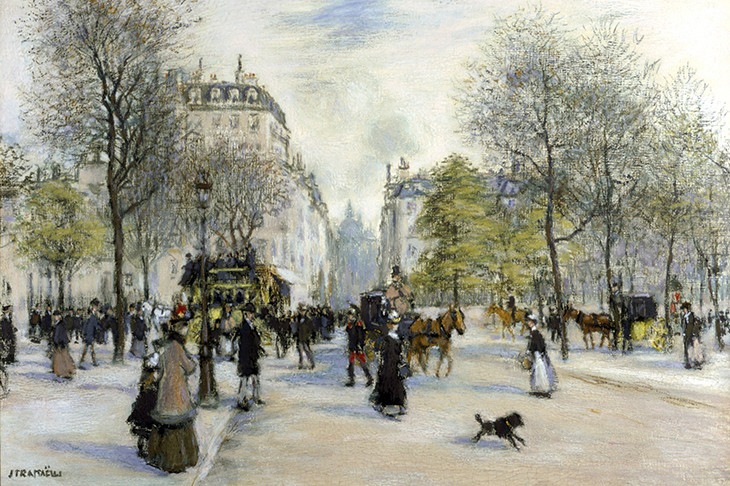
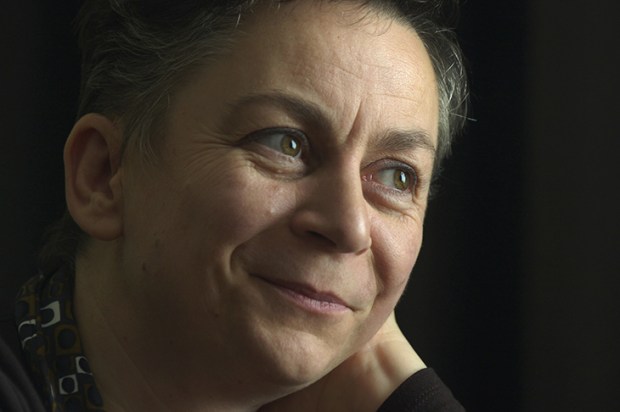
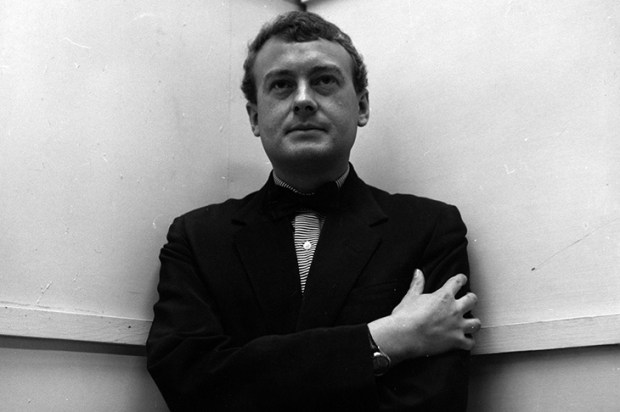
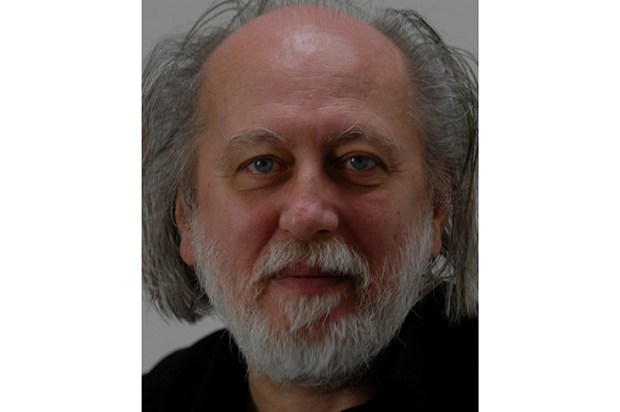
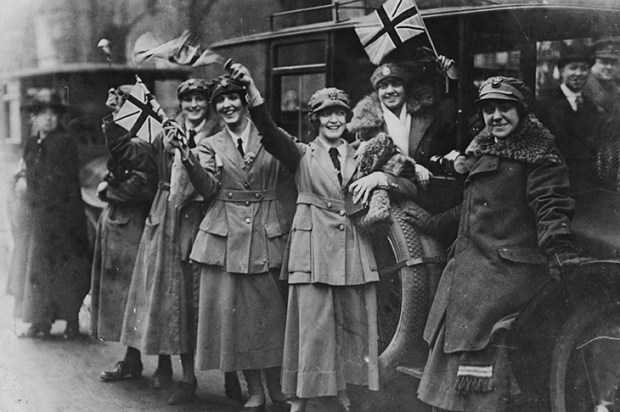

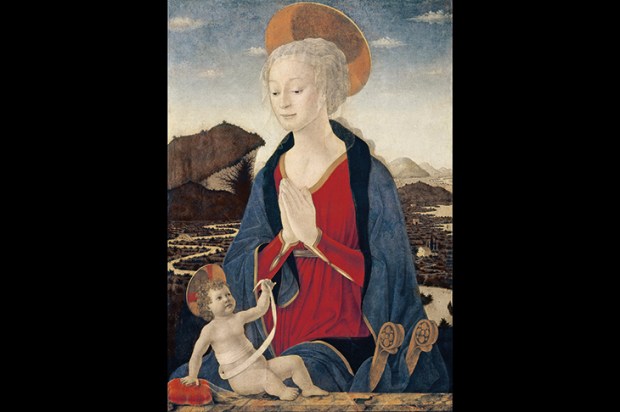






Comments
Don't miss out
Join the conversation with other Spectator Australia readers. Subscribe to leave a comment.
SUBSCRIBEAlready a subscriber? Log in